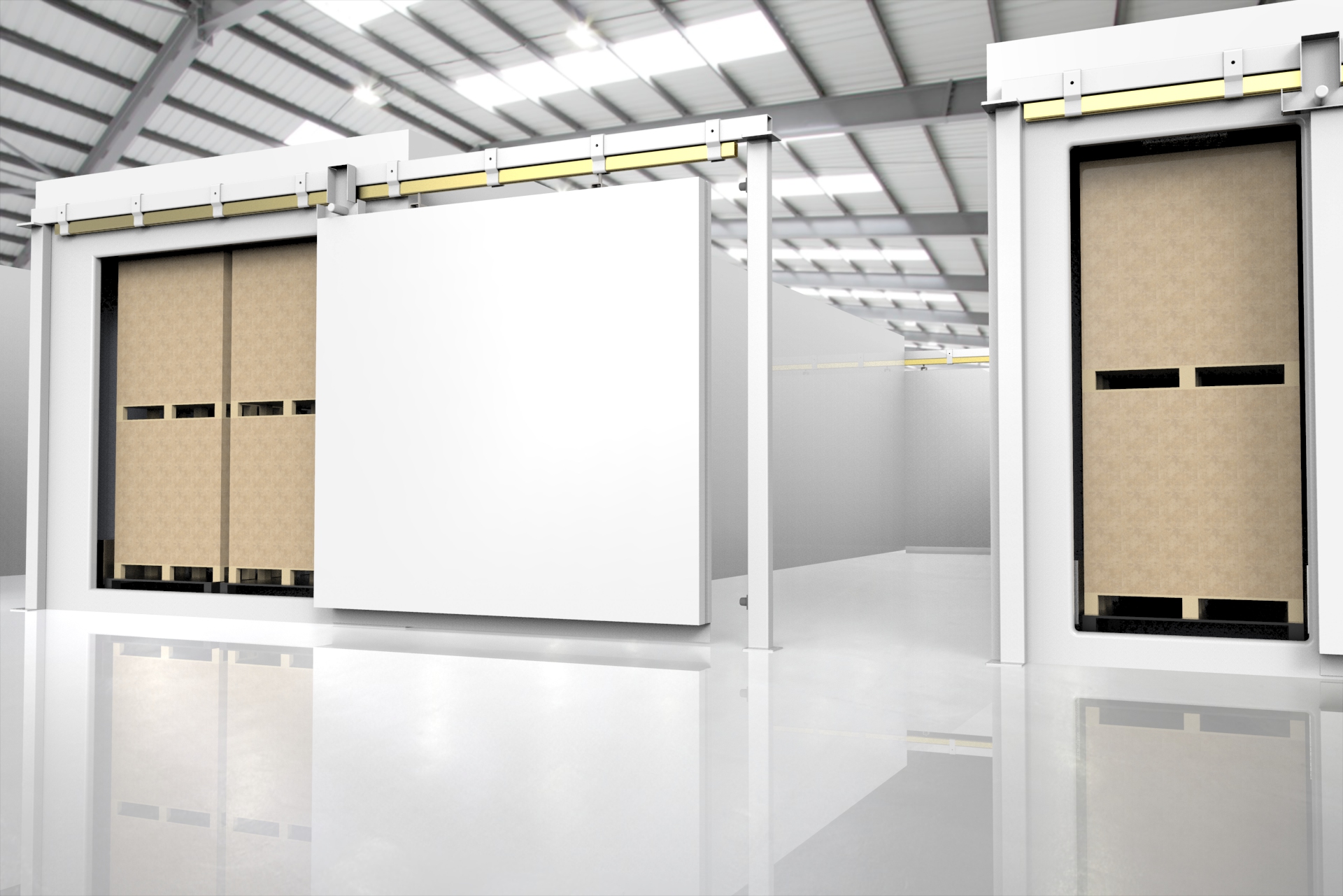The Vacuum Degassing Story
"It is all about time"
Existing Degassing
Traditional Post Sterilisation chamber degassing is performed in either a degassing cell (tunnel in line with chamber) or room (typically shared room with often pallets on racking). Both of these options run at atmospheric pressure using temperature (40℃ to 55℃) as the method of driving EO from the product. For Palletised and packed product loads this method can be very slow to remove EO and is typically an exponential decay in the product residual level.
Shallow Vacuum Degassing
We performed residual test trials for one of our clients to see if a better method could be found. We tested both the traditional cell, room and shallow vacuum pulsing (in the sterilisation chamber).
The results indicated that the cell as expected was more effective than the room with increased airflow and stable even temperature. The shallow vacuum testing was however a great improvement. The typical exponential decay curve had straightened out and the residual removal over time had halved when compared to the cell. The shallow vacuums then allowed us to then design a simple shallow vacuum vessel whilst maintaining a close cost ratio with the sterilisation chamber.
We have since installed twelve of our vacuum degassing cells into our clients facility. The final design was much improved when compared to the test sterilisation chamber as we were able to continuously draw air through the chamber (continuous suction recipe option) and had airflow distribution and flow levels far greater than our sterilisation chamber.
Shallow Vacuum Degassing Benefits
- Reduced residual removal time
- Sealed cell on power OFF or service failure
- Reduced (vacuum exhaust) flow to the Catalytic Converter greatly reducing air volume restrictions on the Abator.











